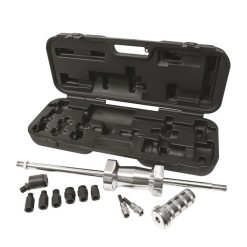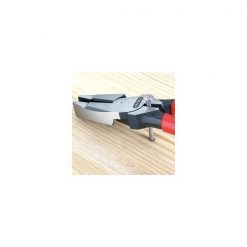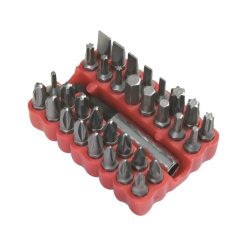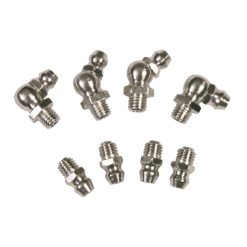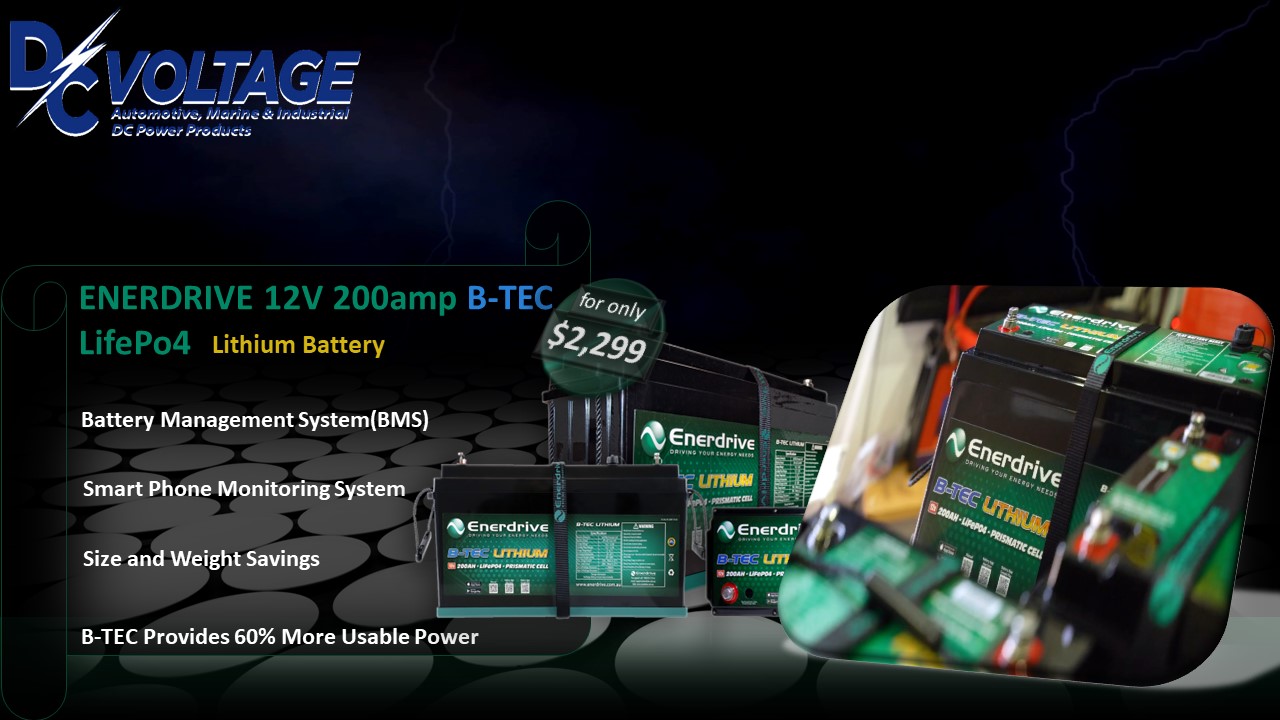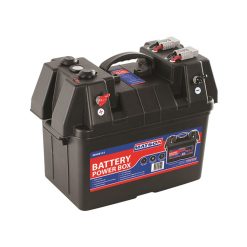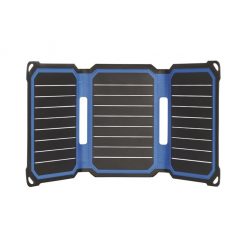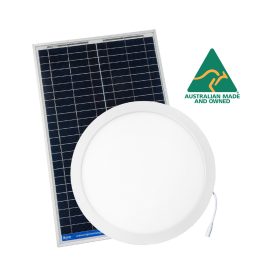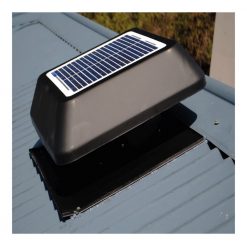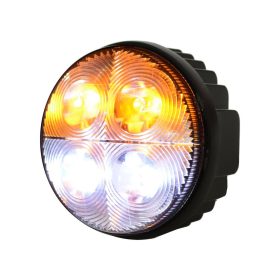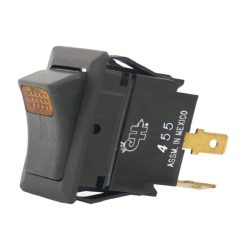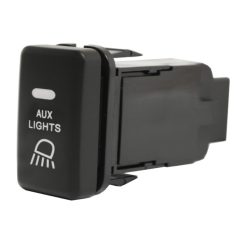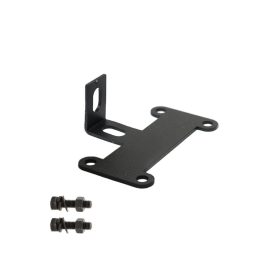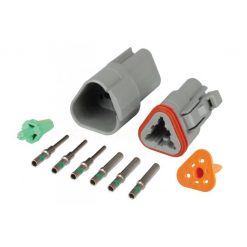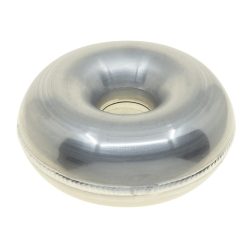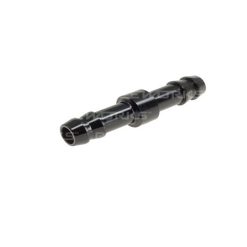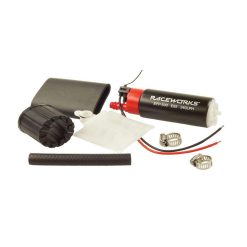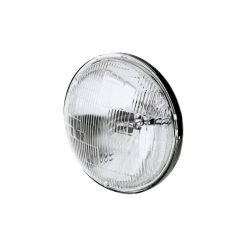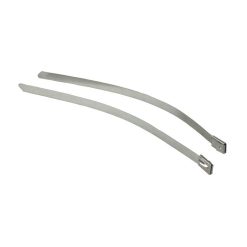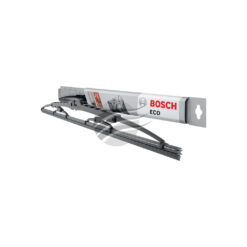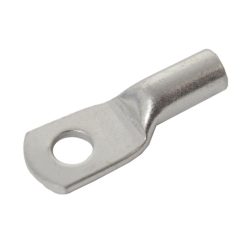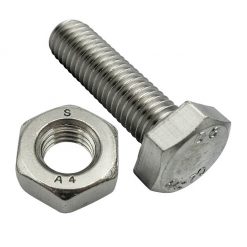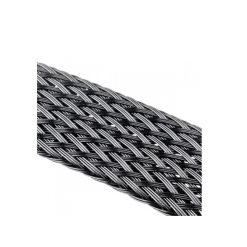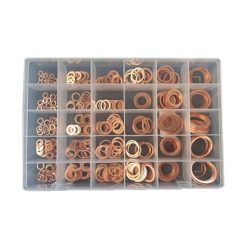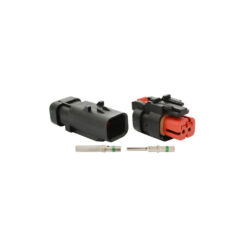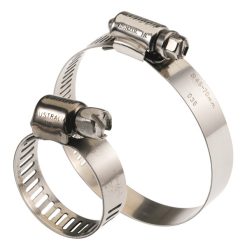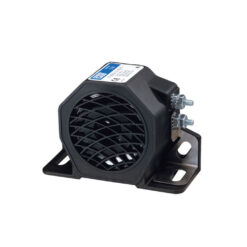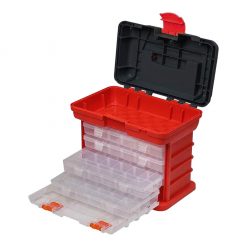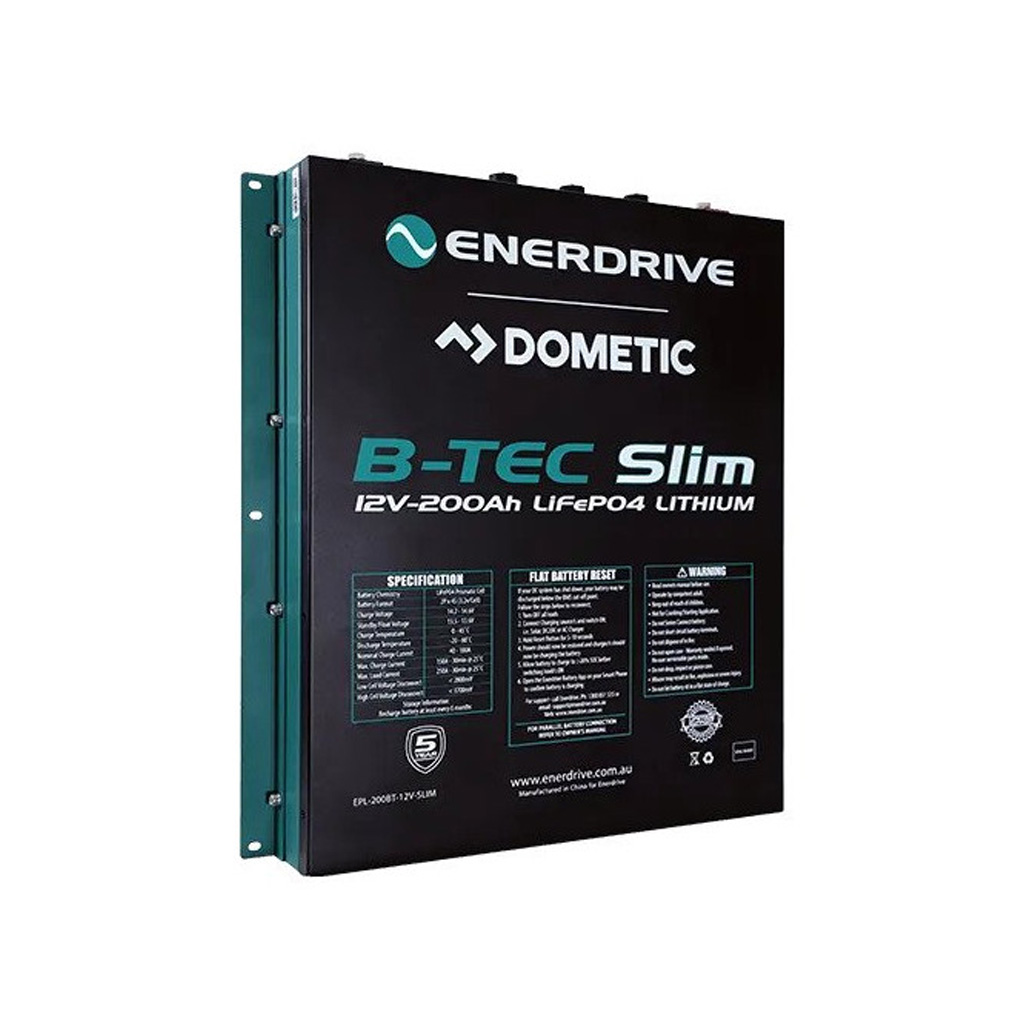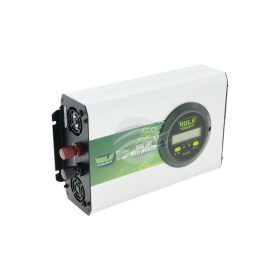General News
How Do You Get 12 Volts from a 24 Volt System?
Introduction
In various electrical applications, there may arise a need to obtain a lower voltage level than what the power source initially provides. One common scenario is getting 12 volts from a 24-volt system. Achieving this conversion requires appropriate techniques and components to ensure safety and efficiency. In this article, we will explore step-by-step methods to achieve the desired voltage output while considering essential factors like perplexity and burstiness to keep the content engaging and informative.
Understanding Voltage and Electrical Systems
Before we talk about getting 12 volts from a 24 volt electricity system, it is very important to know some things about voltage & electrical systems that voltage is a measurement, in volts (V), that shows the difference in electrical strength between two points in a circuit. It decides how strongly electrons move through the circuit. Electrical systems, such as batteries and power supplies, provide a specific voltage level to operate electronic devices and machinery.
Step 1: Using a Voltage Divider
Voltage divider is a basic circuit that uses resistors to divide the voltage into smaller parts. By connecting these specific resistors in a row, you can make a 12 volt output from a 24 volt electricity source. But remember one thing that this method is not very efficient and can lead to some power loss.
Step 2: Using a DC-to-DC Converter
A DC-to-DC converter is a more efficient option to step down the voltage. It utilizes switching techniques to regulate the output voltage. These converters are available in various types, such as buck converters, which lower the voltage, and boost converters, which increase it. By selecting the appropriate converter, you can achieve a stable 12-volt output.
Step 3: Utilizing a Voltage Regulator
Voltage regulators are integrated circuits designed to maintain a constant output voltage regardless of variations in input voltage or load. By choosing a suitable voltage regulator with a 12-volt output, you can ensure a steady power supply for your specific application.
Step 4: Wiring Batteries in Series-Parallel Configuration
Another method to obtain 12 volts from a 24-volt system is by combining batteries in a series-parallel configuration. By connecting two 12-volt batteries in series and then connecting another two sets of series-connected batteries in parallel, you effectively obtain a 12-volt output.
Step 5: Employing a Buck-Boost Converter
A buck-boost converter is a very useful device that can increase or decrease voltage as per requirements. It’s great because it can efficiently give you a 12 volt output from a 24 volt source which makes it a great option for many different uses
Step 6: Using a Transformer
Transformers are devices that use electromagnetic induction to transfer voltage between circuits. By selecting an appropriate transformer with a 1:2 turns ratio, you can convert 24 volts to 12 volts effectively.
Step 7: Using a Resistor
While not the most efficient method, using a resistor in series with the load can reduce the voltage drop across the circuit and achieve a 12-volt output. This method is best & more suitable for low-power applications.
Step 8: Implementing a Zener Diode
A Zener diode is a special type of diode that maintains a constant voltage across its terminals when operated in reverse-bias mode. By connecting a Zener diode with a 12-volt rating in parallel with the load, you can achieve a regulated 12-volt output.
Step 9: Using a Charge Pump
A charge pump is a circuit that can step up or step down voltage levels. It uses capacitors and switches to perform voltage conversion. By configuring the charge pump appropriately, you can obtain a 12-volt output.
Step 10: Employing a Power Inverter
If you need a 12-volt AC output from a 24-volt DC source, a power inverter is the right choice. It converts DC to AC power, enabling you to use standard 12-volt AC devices.
Step 11: Considering Efficiency and Power Loss
When selecting a method for obtaining 12 volts from a 24-volt system, it’s essential to consider efficiency and power loss. Some methods may result in significant energy wastage, while others offer higher efficiency. Choose the method that suits & meets your specific requirements.
Safety Precautions When Working with Electrical Systems
Working with electrical systems requires caution to prevent accidents and ensure personal safety. Always follow these safety precautions:
- Disconnect the power source before making any connections.
- Wear appropriate personal protective equipment (PPE) like gloves and safety glasses.
- Check the connections twice before applying power to the circuit.
- Avoid working on live circuits whenever possible.
- Keep the workspace clean and organized to minimize hazards.
Conclusion
Obtaining 12 volts from a 24-volt system is a common requirement in various electrical applications. Depending on your specific needs and constraints, you can choose from various methods, such as voltage dividers, DC-to-DC converters, voltage regulators, and more. Always prioritize safety and efficiency when working with electrical systems to ensure optimal performance and prevent potential risks.






